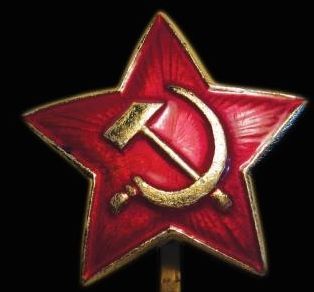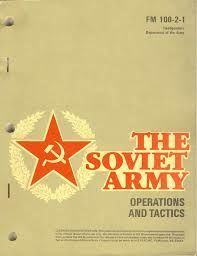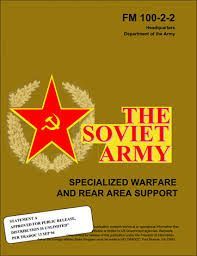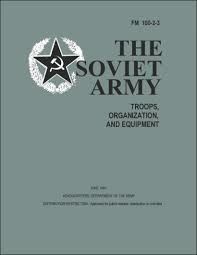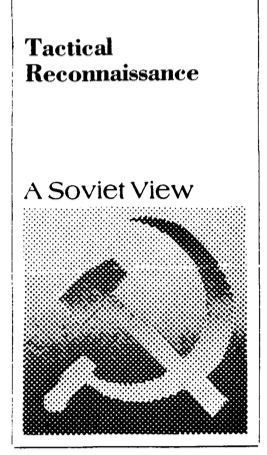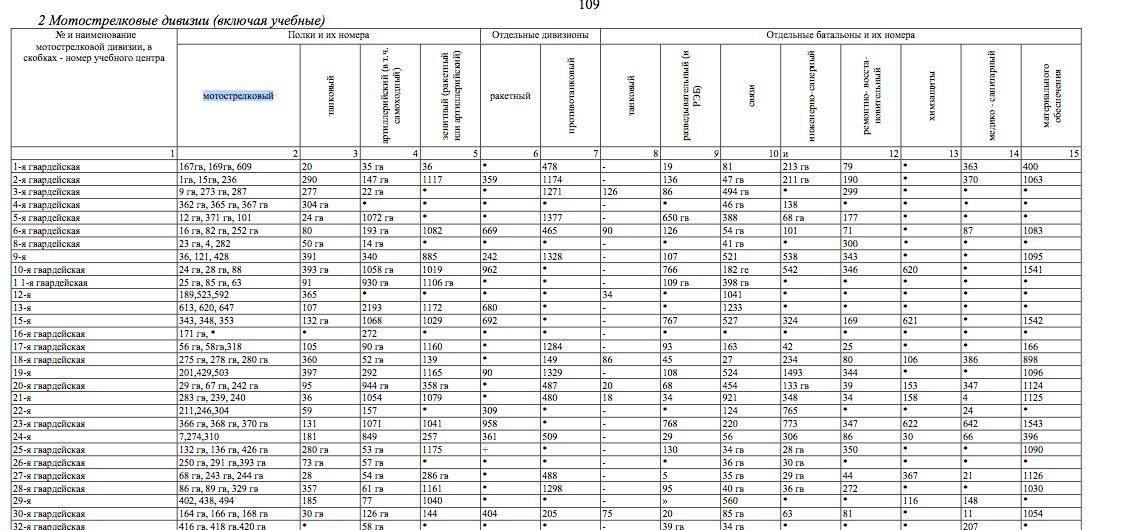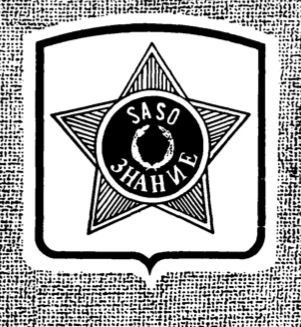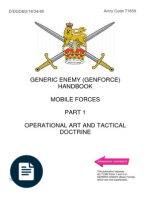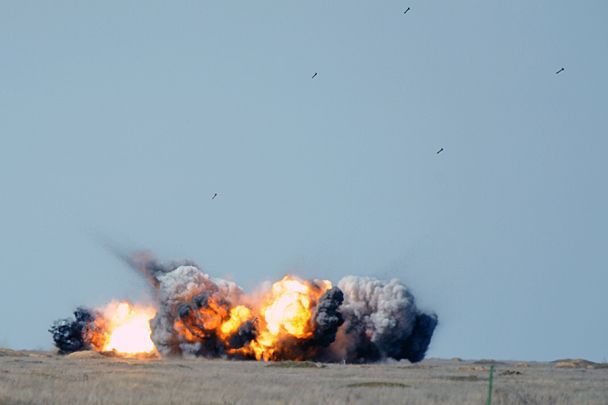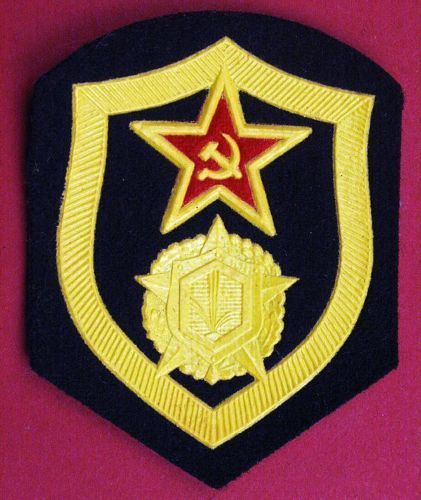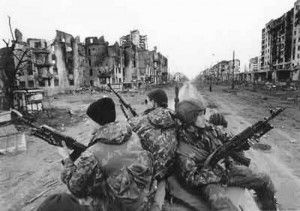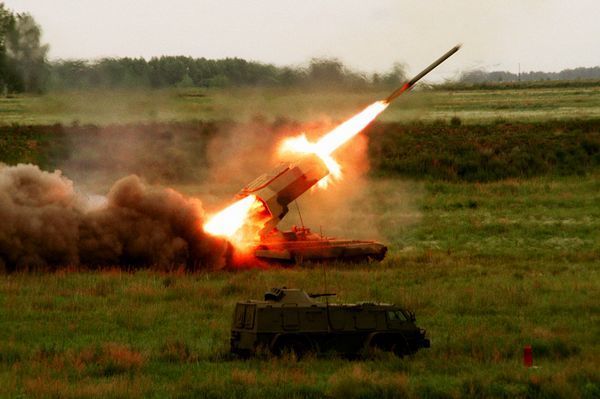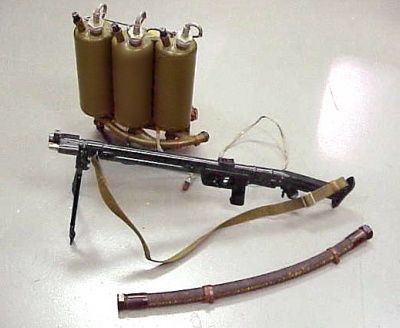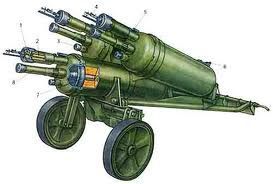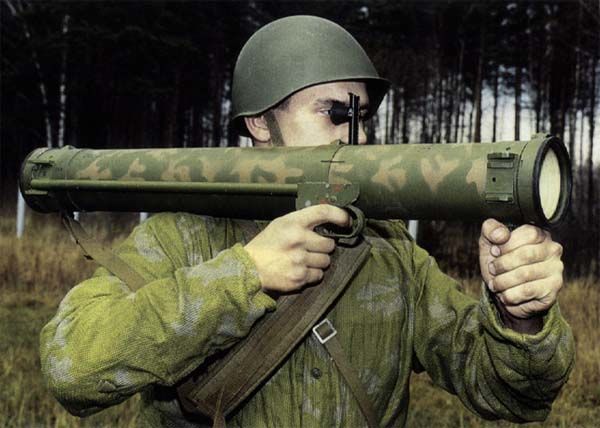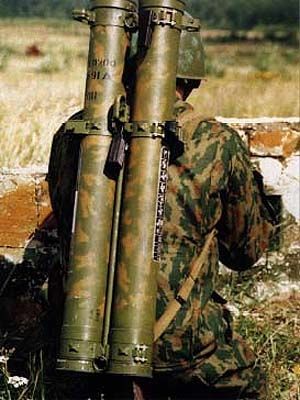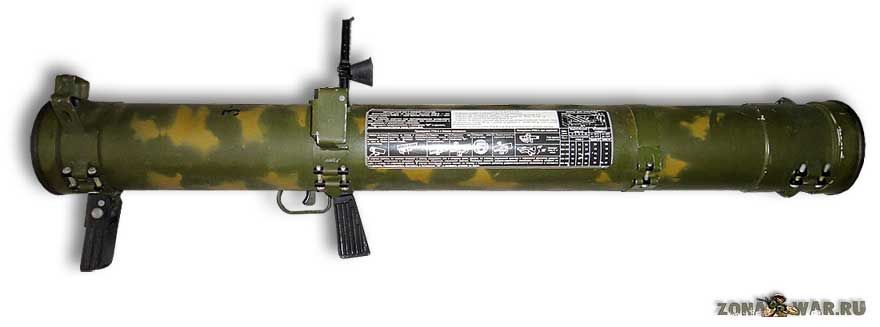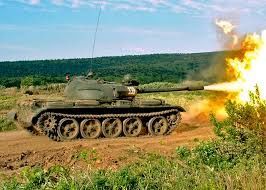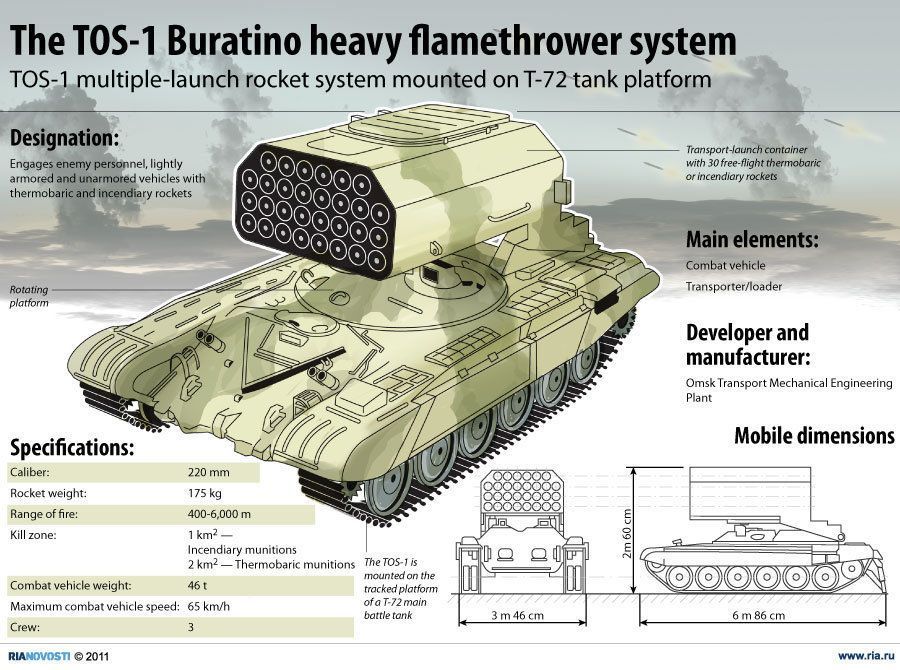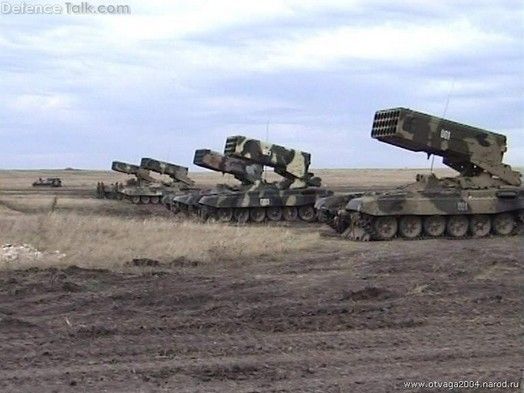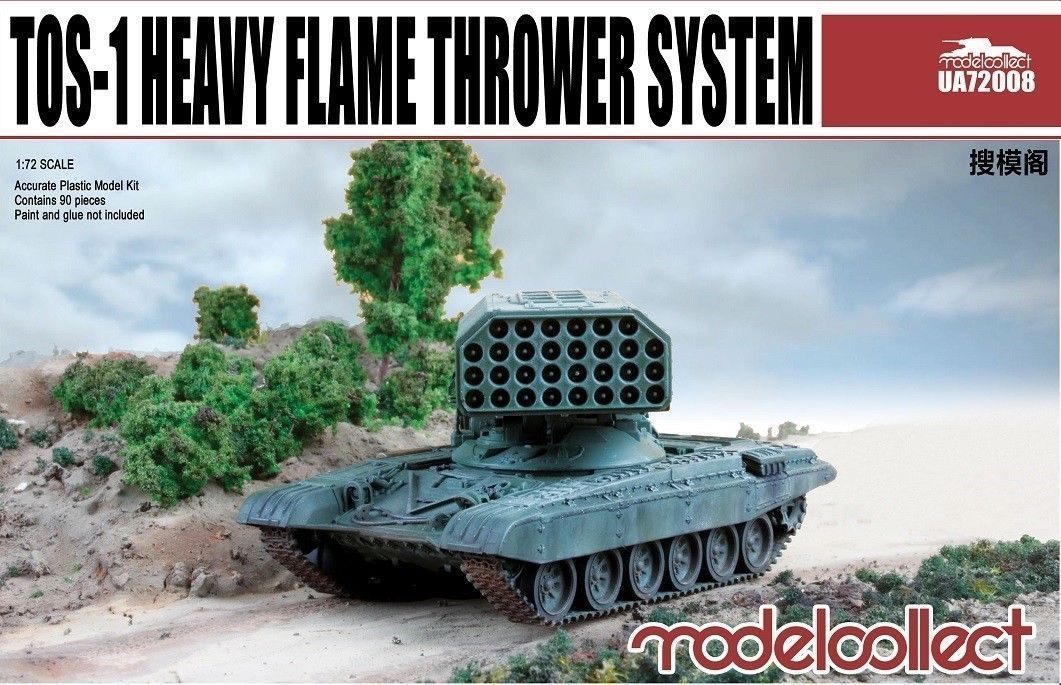As a Change from my normal reviews of books I thought I would cover a number of the many Free ePublication resources available on the internet that can provide a comprehensive view of Soviet Ground forces from the 60s through to the 1980's. My principal area of interest is in the 1980's as in this decade more than any other the pendulum of advantage see sawed between the major protagonists.
There are numerous web sites covering the subject area the ones I find most useful are nearly all US government sites, for which Historians every where should be eternally great full, these are:
Contained within the archives of this lot are some exceptionally useful documents and books. The trick here is to try a variety of search terms around a subject to see what comes up.
FM 100-2 Series of Manuals.
The FM 100-2 series of Manuals can be downloaded from the FAS site along with a large number of other US Army Publications. They are Published in 3 sizeable Volumes and cover the US Armys unclassified view of the Soviet Army as follows:
- FM 100-2-1 The Soviet Army Operations and Tactics
- FM 100-2-2 The Soviet Army Specialised Warfare
- FM 100-2-3 The Soviet Army Troops, Organisation and Equipment
These pretty much cover the ground that Isbey does in Weapons and Tactics of the Soviet Army although I find him slightly more digestible, to read but less easy on the pocket.
FM 100-2-1 The first publication essentially lays out the doctrine of the Soviet Army with respect to Operations and Tactics. It covers Offensive operations at the Operational and Tactical level and Defensive Operations including Withdrawal and Relief. It Then goes on to examine the doctrine associated with various supporting activites including:
FM 100-2-1 The first publication essentially lays out the doctrine of the Soviet Army with respect to Operations and Tactics. It covers Offensive operations at the Operational and Tactical level and Defensive Operations including Withdrawal and Relief. It Then goes on to examine the doctrine associated with various supporting activites including:
- Reconnaissance
- Fire Support
- Artillery Support
- Anti Tank Support
- Air Defence
- Air Support
- Smoke
- Engineer Support
- Electronic Warfare
- NBC
The book is comprehensive in it's approach and structured in a way that makes it a readily consumable reference. The document is an excellent first port of call on Soviet Doctrine representing the US Armys consolidated and Unclasified view of the Soviet Army, but is to say the least a dry read. Not one I have read cover to Cover, the publication was written during the Cold War and the latest version was published in 1991 so comes with the usual caveats on intelligence based documents.
FM 100-2-2 covers Specialised Warfare and Rear Area Support and is the volume I have used least it deals with operations under special conditions and variously covers:
- Airborne Operations
- Heliborn Operations
- Amphibious Operations
The Heliborn Ops section is particularly weak and if you want to understand the development and deployment of DShV assets you will have to do a lot more reading. The volume goes on to describe Unconventional Warfare and River Crossings before focusing down on operations in difficult environments, Desert Cold Weather Urban Operations, Night Operations and Rear Area control and Logistics.
This to my mind is the weakest of the three volumes, A useful start point on the understanding that you then need to delve deeper in other resources.
FM100-2-3 is probably my favourite and in truth my nose is rarely out of it. Its an excellent reference on organisation, and a reasonable reference on equipment.
The FM 100-2 series of pamphlets take a US perspective on the Soviet Army and their are a number of PDFs that can round out this view notably:
Tactical Reconnaissance, A Soviet View. This is a very comprehensive guide to a Soviet view of reconnaissance. It covers the full range of assets that may be deployed from Patrols to Communications and Radar reconnaissance before dealing with a variety of recconaisance skills and activities at a level of detail. It is very much a handbook for the Soviet Recconaisance leader discussing different types of patrols and the methods for gaining information. In line with the Soviet definition of Razvedka it also covers the assembly processing and dissemination of Intelligence. Some interesting perspectives but quite hard work extracting worthwhile gaming material.
The Voroshilov Academy Lectures , a recent find and covered in its own review the Voroshilov Academy Lectures cover a wealth of detail on Front, Army and Divisional Operations that can provide a lot of context. They are available through an on line archive or as downloadable documents Links can be found from the review post.
This to my mind is the weakest of the three volumes, A useful start point on the understanding that you then need to delve deeper in other resources.
FM100-2-3 is probably my favourite and in truth my nose is rarely out of it. Its an excellent reference on organisation, and a reasonable reference on equipment.
- Chapters 1-3 cover a general look at structure personnel and training, enough said.
- Chapter 4 is by far the most useful outlining the organisation of Soviet Forces from Section to Front including some level of detail on the majority of Structures that fit into that space. There are a few notable exceptions the Army level Flame thrower Battalion is one. The main caveat remains the unclassified nature of the data, equally some of the more esoteric units are covered fairly superficially with reference to only their main equipments. At Division and below the coverage is comprehensive.
- The final chapter number 5 looks at equipment in this it does not cover Ships but deals with most other items. The picture quality tends to be very poor in the PDF versions although the information is reasonably good and is primarily focused on performance, it might be considered a little superficial when compared to something like JANES Armour and Artillery systems particularly versions published post 2000 however it is free.
SOVIET Publications
The FM 100-2 series of pamphlets take a US perspective on the Soviet Army and their are a number of PDFs that can round out this view notably:
- Tactics the Soviet Way, Rechinko, 1984 a translated Soviet Publication
- Tactical Reconnaissance, A Soviet View, R Simonyan, S V Grishan 1980 a translated Soviet Publication
- The Rusian Army in The Cold War, Feskov
Tactics the Soviet way is a Soviet publication translated and published by the US Airforce in 1984. This Copy can be found in the DTIC archive it covers the principals of modern combined arms combat including the Offensive, Meeting Engagements and Defence. It really talks to the principals governing the different types of operations and is intended as a Guide to the Soviet Officer Corps as such it includes a wide variety of examples to illustrate the points raised. It, I am afraid, is also a dry read but offers a different perspective to the US written offerings on the subject. I find it useful when looking at specific operations for Scenarios.
The Rusian Army in the Cold War by Feskov sets out to articulate the ORBAT and the evolution of the ORBAT of the Soviet Army throughout the Cold War it does this in significant detail and is a Russian Language work. Running sections through a translator can work particularly with the tabulated data where only the titles and the column headers need translating. These can yield a significant level of detail around what units were ware and what units they were comprised of although this can be labour intensive to extract, it will however reveal what regiments and units were part of a particular division at a particular time. The Table below outlines the composition of regiments and units in Motor Rifle Divisions.
The Voroshilov Academy Lectures , a recent find and covered in its own review the Voroshilov Academy Lectures cover a wealth of detail on Front, Army and Divisional Operations that can provide a lot of context. They are available through an on line archive or as downloadable documents Links can be found from the review post.
Soviet Army Studies Office
Sitting within the DTIC repository is a whole set of work written by the Soviet Army Studies Office this includes the works of such notables as David Glanz and Leicester Grau. Amongst the articles below are David Glanz,s original paper on The Role of Forward Detachments in Tactical Manoeuvre and J Holcombe's excellent work on Artillery. These Articles will enhance the views provided in the more weighty volumes outlined above.
Artillery
Artillery
- SASO Soviet Artillery Utilisation, J Holcombe, 1988
- SASO Soviet Artillery Planning in Tactical Defence, L Grau
Recce
- SASO Soviet Recce Strike Complexes in Theory and Action, M Vego, 1990
- SASO The Fundamentals of Soviet Razvedka, D Glanz, 1989
Defence
- SASO Soviet Battalion in The Defence, JF Gebhart 1989
- SASO Defending Forward Soviet Activities in Advance of the Main Defence, L Grau 1989
Operational Concepts
- SASO Operational Art and Tactics, DM Glanz
- SASO Changing Soviet Objective Depths, L Grau, Mar 1989
- SASO Spearhead of the Attack the role of Forward Detachments in Tactical Manouver, DM Glanz, 1988
Force Structure and Organisation
- SASO The Soviet Combined Arms Battalion - Reorganisation for Tactical Flexibility, L Grau 1989
- SASO Force Structure Meeting Contemporary Requirements, DM Glanz
British Publications (updated 02/0418)
I have recently come across a range of British publications on the subject of the Soviet Army a very useful TMP post by Tac Error produced links to most. The principal document set is the Army Field Manual Volume 2, which was published in 3 Parts.
- Part 1 is a Book entitled "Background to the Soviet Army 1986", Christopher Donnellys "Red Banner The Soviet Military System in Peace and War (1988)" is the updated version of Part 1
- AFM Volume 2, Part 2, A Treatise on Soviet Operational Art
- AFM Volume 2, Part 3, Soviet Tactics
Part 1 provided an overview, whilst part 2 focused on Front and Army Operations and Part 3 on Divisional Tactics all were published in the early 90s and Part 2 is reviewed in detail here.
In addition the British published in the late 90's a series of OPFOR guides heavily based Soviet Doctrine and Force structures which both provide a significant volume of useful information:
The Complete set of Genfor Handbooks are available here.
Related Web Resources:
Other Book Reviews:
